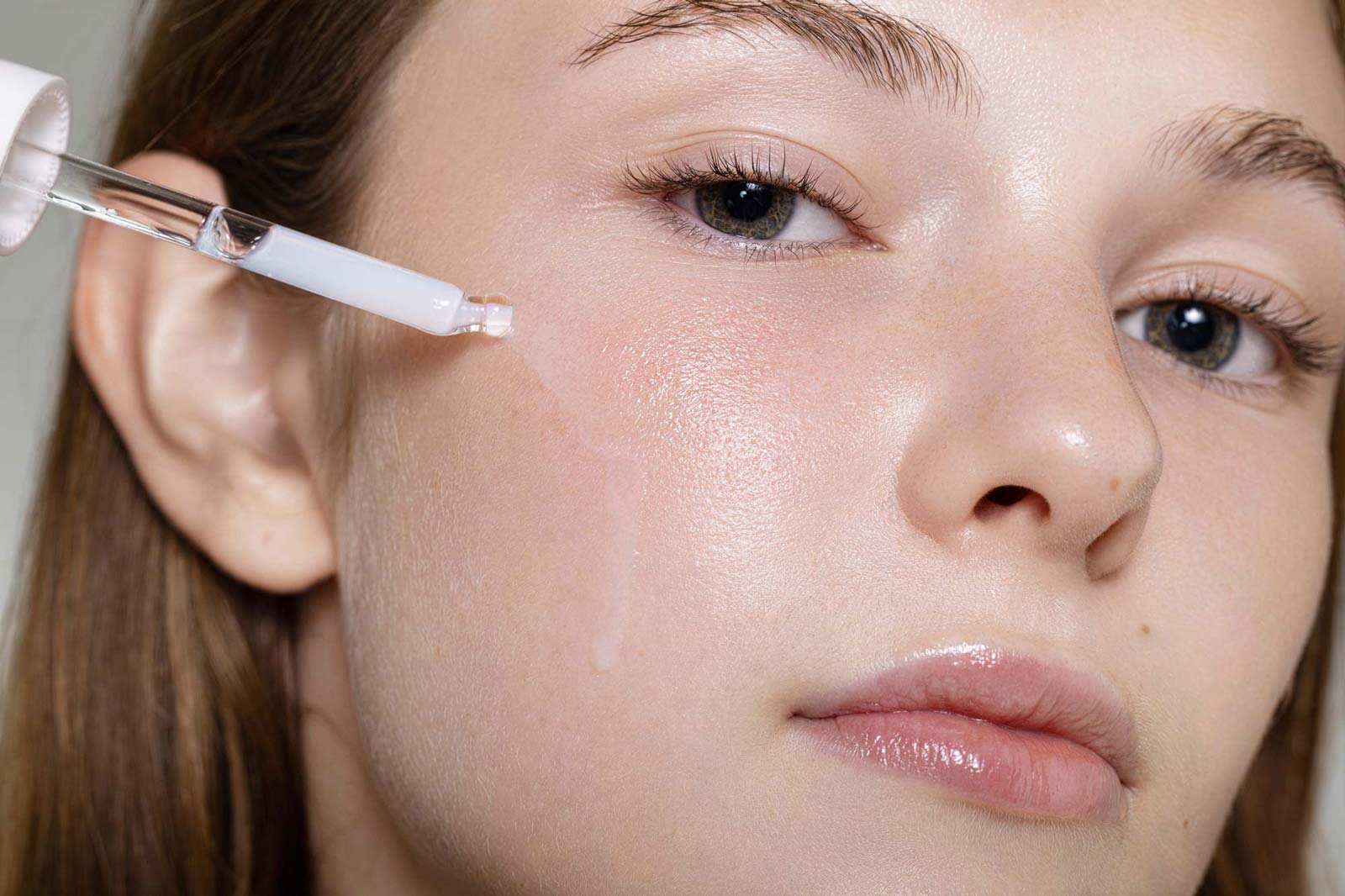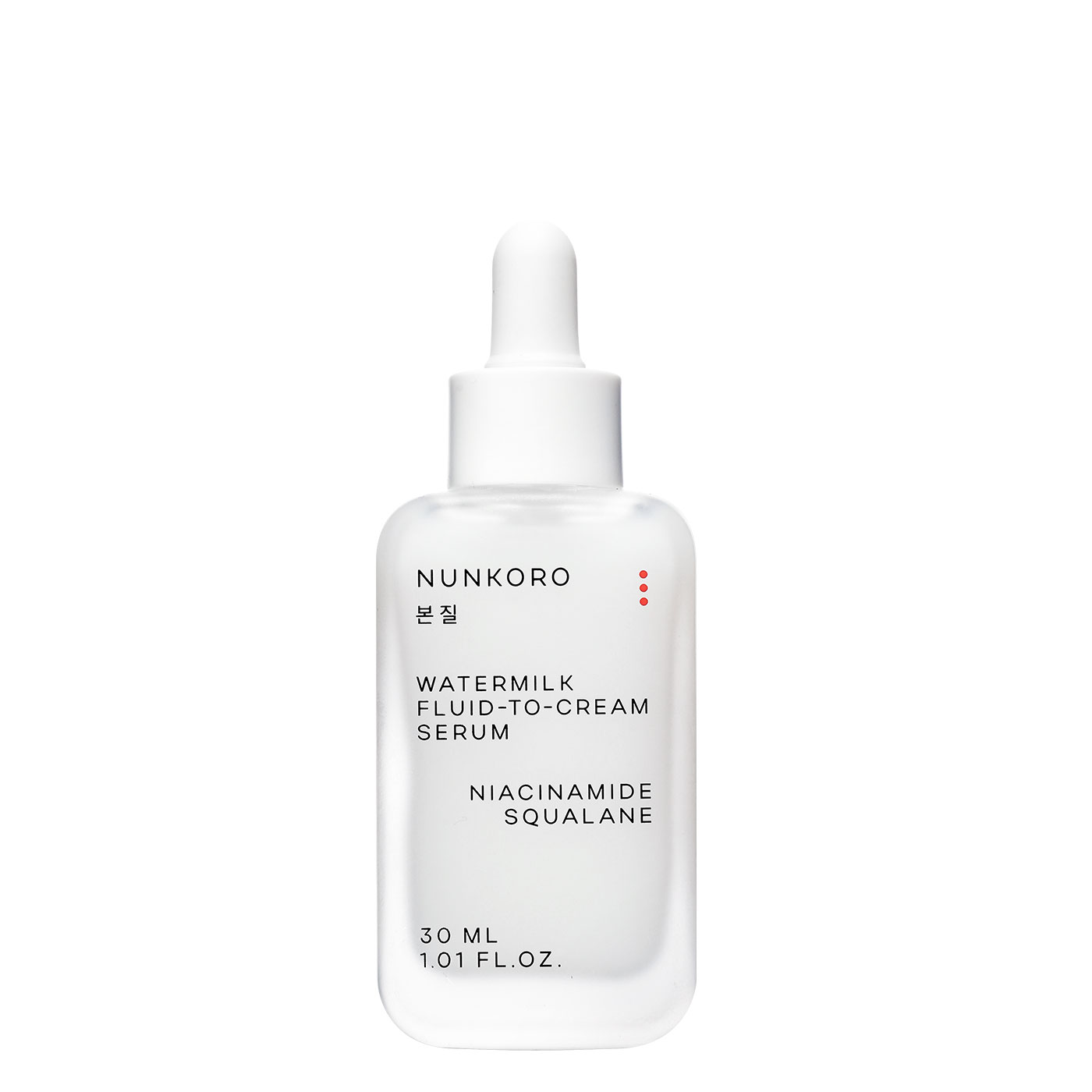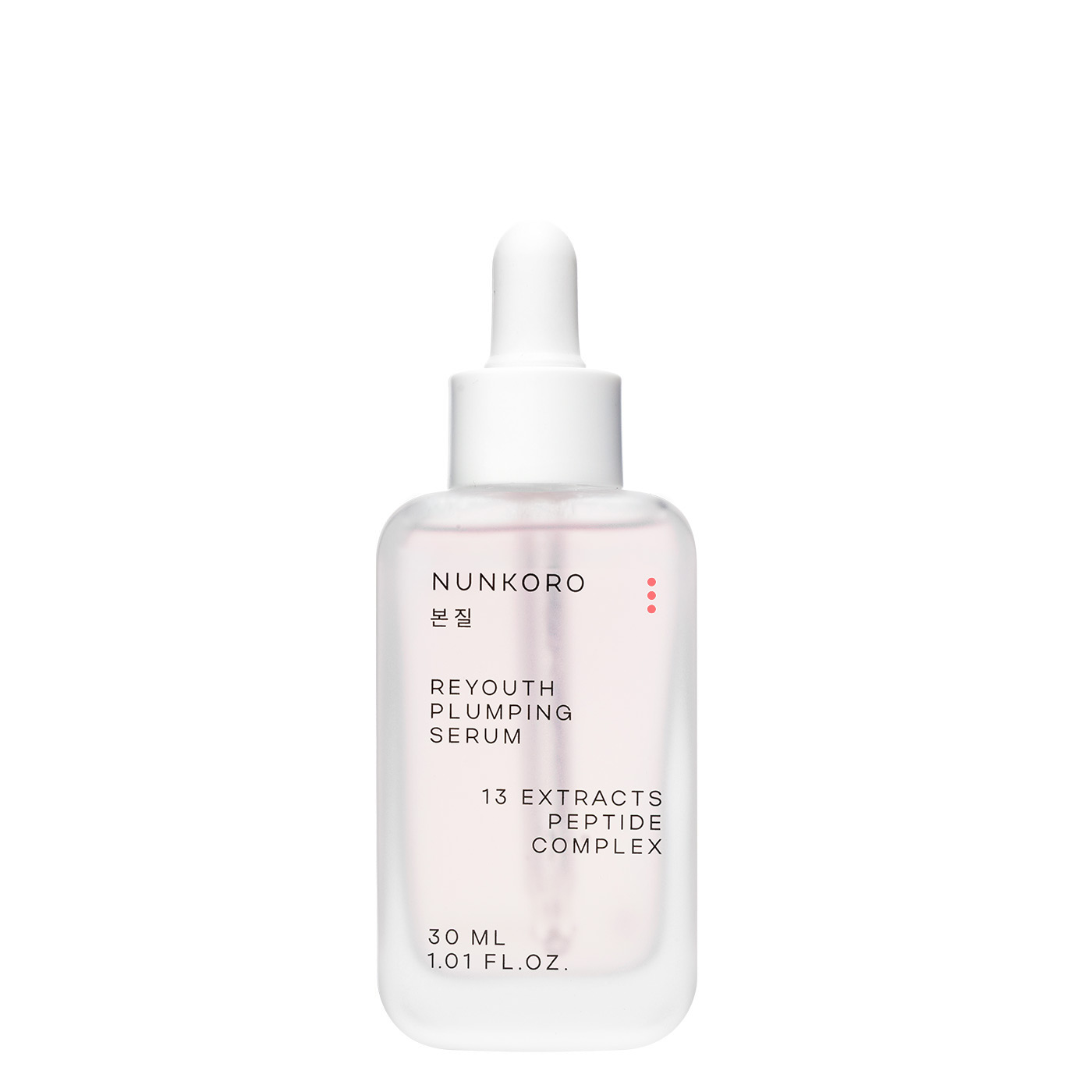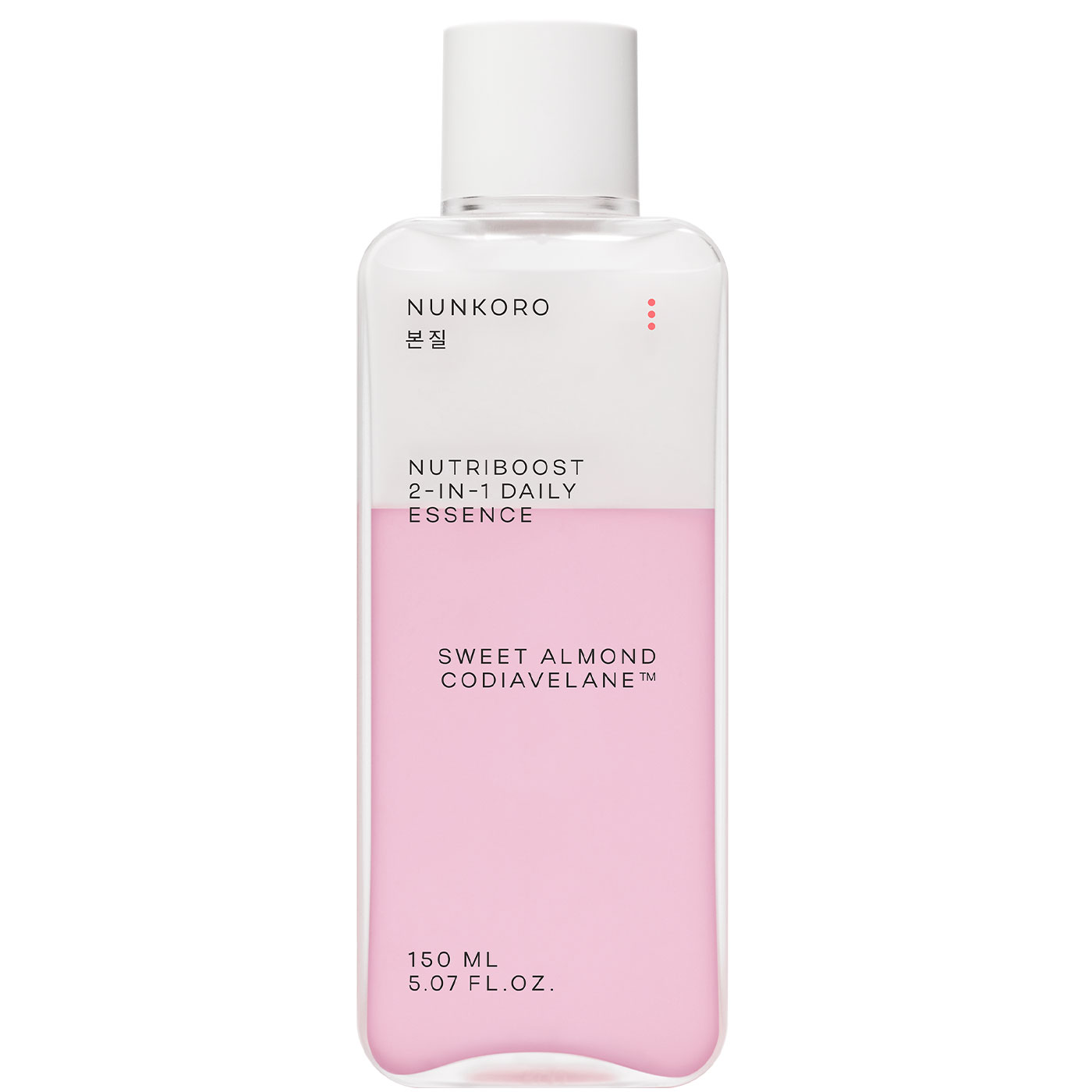
In the world of skincare, the terms fluid, essence, serum, emulsion, and ampoule often create confusion, even among enthusiasts. While these products share common goals of enhancing skin health and addressing specific concerns, their formulation, texture, and intended use vary significantly. This article aims to clarify the differences, discuss appropriate usage, and explore whether these products can substitute for one another.
FLUID, ESSENCE, SERUM, EMULSION, AND AMPOULE: EXPLORING THE DIFFERENCES
WHAT ARE THEY?
Fluid: Fluids are lightweight, water-based moisturisers designed for quick absorption. They often serve as a hydrating base for oily or combination skin types, providing essential moisture without clogging pores. Fluids typically have a low viscosity, making them ideal for layering in multistep skincare routines.
Essence: Essences are concentrated liquids that focus on hydrating and preparing the skin for subsequent treatments. Originating from Asian skincare practices, they are frequently infused with active ingredients such as hyaluronic acid, niacinamide, or botanical extracts to boost skin hydration and improve texture [1]. Essences are applied after cleansing and toning, creating a foundation for serums and moisturisers.
Serum: Serums are highly concentrated formulations designed to target specific skin concerns such as wrinkles, hyperpigmentation, or acne. With active ingredients like retinol, vitamin C, or peptides, serums penetrate deeper layers of the skin due to their small molecular size [2,3]. They are typically used in small quantities after essence and before moisturiser.
Emulsion: Emulsions are lightweight creams with a water-oil blend. They provide hydration and lock in moisture, often serving as an intermediate step between serum and heavier creams. Among emulsions, lamellar structures stand out. These unique layered structures, resembling the skin's natural lipid bilayer, offer superior hydration and faster absorption of active ingredients [4]. Emulsions are particularly suitable for those with combination or oily skin who require hydration without a greasy finish.
Ampoule: Ampoules are supercharged serums with an even higher concentration of active ingredients. The single-use vials or dropper bottles ensure each application contains a fresh, preservative-free dose, ideal for short-term treatments targeting specific concerns like dullness or redness. They are applied sparingly, usually before serums in a skincare routine [5].
HOW TO USE THEM?
Each product has its designated place within a skincare regimen:
- Fluid: As a lightweight moisturiser, fluids are applied after serums or emulsions and before sunscreen.
- Essence: Pat onto clean, toned skin using hands or a cotton pad.
- Serum: Apply a few drops to targeted areas or the entire face, depending on your needs.
- Emulsion: Spread evenly across the face to seal in hydration before applying heavier creams.
- Ampoule: Use sparingly as an intensive treatment, either alone or layered beneath a serum.
CAN THEY REPLACE EACH OTHER?
While some products may overlap in function, their unique formulations often serve specific purposes. For example, a serum may provide anti-ageing benefits, while an essence focuses on hydration. Substituting one for another could compromise the effectiveness of a targeted routine. However, for minimalistic skincare, a well-formulated essence or serum can sometimes double as a lightweight moisturiser or treatment.
CONCLUSION
Understanding the differences between fluids, essences, serums, emulsions, and ampoules allows for more informed skincare choices. By selecting products based on individual skin needs and concerns, you can create a tailored routine that maximises results. While substitutions are possible in certain cases, the best outcomes often arise from using these products as intended.
REFERENCES
1. Tang, S. C., & Yang, J. H. (2018). Dual effects of antioxidants on skin: Rejuvenation and protection. Journal of Dermatological Science, 90(3), 213-220.
2. Kwon, H. H., Yoon, J. Y., & Park, H. Y. (2019). Advances in Korean skincare: The role of essences and serums. Clinical Dermatology, 25(4), 142-148.
3. Otto, A., J. Du Plessis, and J. W. Wiechers. "Formulation effects of topical emulsions on transdermal and dermal delivery." International journal of cosmetic science 31.1 (2009): 1-19.
4. Teeranachaideekul, Veerawat, et al. "Influence of the emulsifier on nanostructure and clinical application of liquid crystalline emulsions." Scientific Reports 13.1 (2023): 4185.
5. Akulinina, Iuliia, et al. "Topical formulation containing peptides and vitamin C in ampoules improves skin ageing signs: Results of a large, international, observational study." Journal of cosmetic dermatology 21.9 (2022): 3910-3916.


